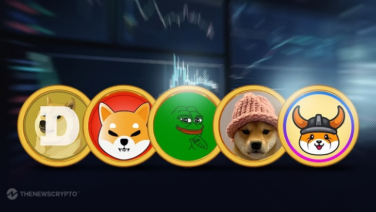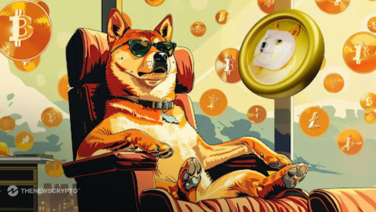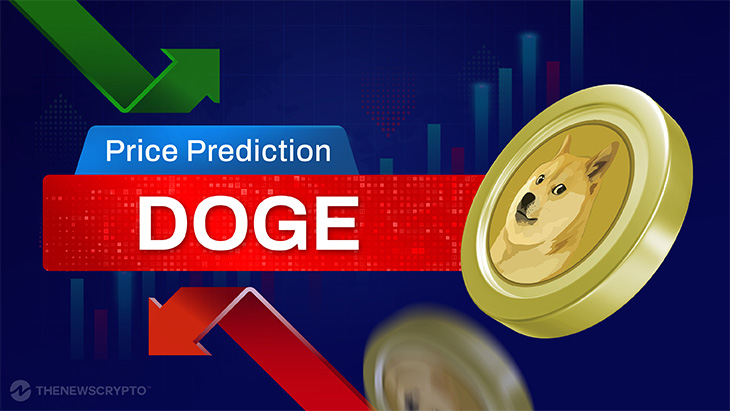- A new fee structure for Dogecoin has been created.
- To reduce overall transaction fees as well as incentivize node operators.
In order to reduce overall transaction fees as well as incentivize node operators a new fee structure for Dogecoin has created to relay low-fee transactions to miners.
Dogecoin core developer Patrick Lodder and his team spearheaded the proposal. However, this will implemented gradually over many software releases. Started in 2014 and implemented in 2018, the present meaningful fee model enabled to prevent on-chain transaction spamming. More so, these fees charge 1 DOGE per kilobyte of transaction records, which translates to nearly 2.16 DOGE per average transaction.
This year’s dogecoin price surge makes meaningful fees costly. At present, users can keep their dogecoins on centralized firms however transferring funds to self-hosted wallets is costly. On the other hand, transactions with relay fees under 1 DOGE will not provide enough incentive to reach miners and mostly left unconfirmed.
Most of the changes applied cater to a freer system in which miners and nodes drive rates. Moreover, changes the minimal relay fees from 1 DOGE to 0.001 DOGE. At launch, the node operators on the Dogecoin network will be able to set custom relay fees.
The dust limit needs to reduced to 0.01 DOGE to increase the use of microtransactions. More so, in crypto the dust refers to a small fraction of the token which is negligible practically. However, the dust limit is so high under the present model. Last year might be considered dust in terms of US dollars but is now considerably more costly due to the dogecoin’s price spike this year.
Through decreasing the dust limit the transactions between 0.01 DOGE and 1 DOGE could considered full transactions and hence accepted and relayed by miners. Moreover, the node operators would be able to control this dust limit utilizing the new “-dustLimit” parameter.
Explain a default block inclusion fee rate at 0.01 DOGE, which is increased from the present fee of 0.00001 DOGE. This fee will increase miners to confirm a transaction on the soonest block available in spite of disincentivizing spam transactions.
Enhancing the relay logic to enable more transactions into the freespace. It is an apportioned section of a block where transactions with no relay fee can mined free of any inclusion block fee. Due to high relay fees on minimal transactions, the freespace mostly went unused. However, the transactions from the mempool will no longer prioritized mainly on transaction size.
In a second software release, the needed minimum fee rate will reduce to 0.01 DOGE once 30% of the network starts relaying transactions with 0.01 DOGE/kb.
Dogecoin developer Ross Nicoll said,
“The purpose of Dogecoin transaction fees is spam prevention…We provide suggested values so users can have confidence. If they use those values, their transactions will confirm in a reasonable time.”
He also mentioned that there are less default fees in the proposal. Anyone can change their nodes to utilize alternative values. Notably, Elon Musk followed by many others in Twitter, r/dogecoindev, and the Dogecoin Github, has already shown their support.
Udi Wertheimer replied to the Github proposal, suggesting that the team development should encourage a more robust and dynamic free market, which could effect reducing fees based on present market conditions.
Also, a developer, Wertheimer, noted the uncertainty concerning free transaction relay. And its ability to open the door for cheap distributed denial of service (DDoS) attacks on nodes, to which Lodder replied with Good point.
Recommended for you






